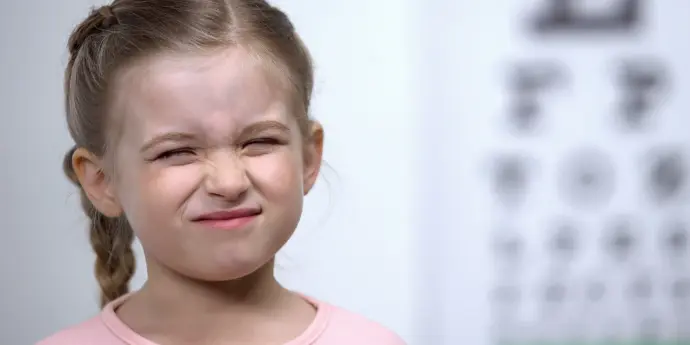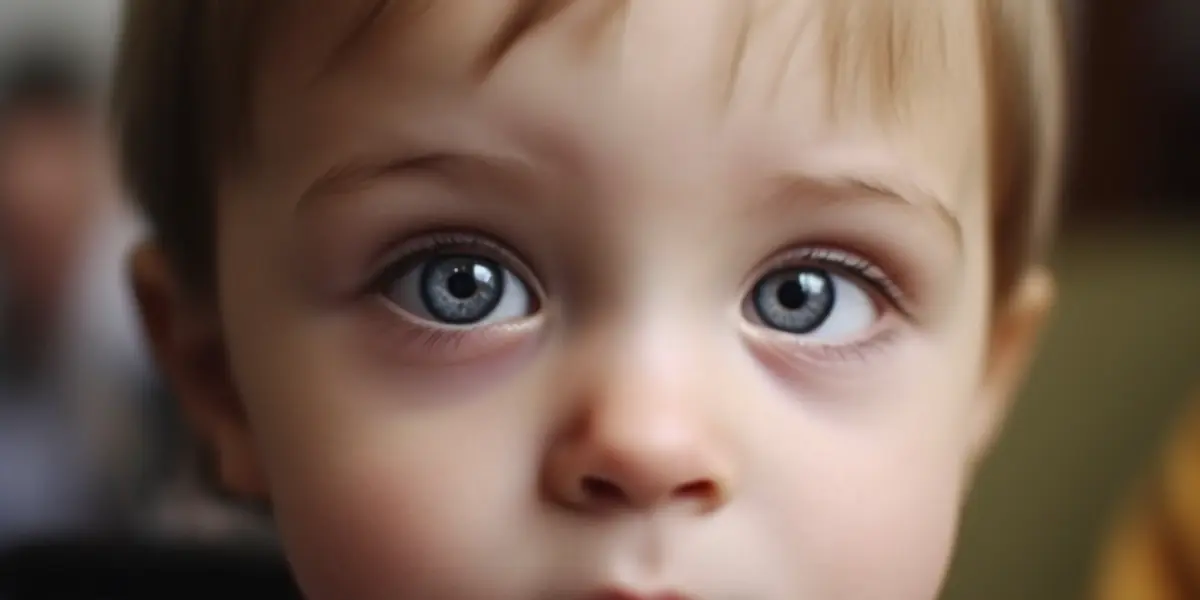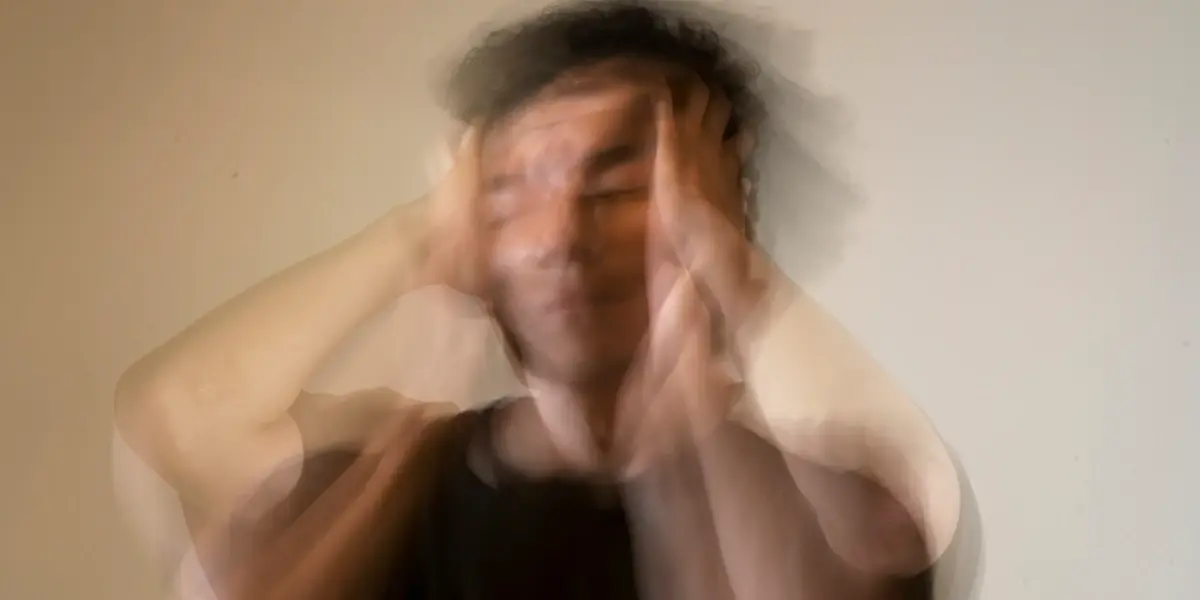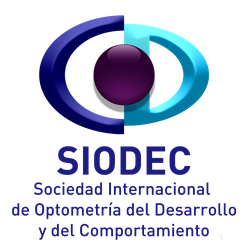Issues to address
After conducting a complete optometric evaluation, we can find various visual problems, among which the following should be highlighted:

Refractive problems:
- Myopia: It is the refractive error that causes difficulty seeing far away. Its best treatment is prevention, as once it develops, it is difficult to control.
- Hyperopia: It is when it is necessary to use focus in order to see well, which could cause fatigue or blurred vision, especially up close.
- Astigmatism: It is when we have blurred vision both at a distance and up close, due to an uneven curvature of the cornea.
- Presbyopia: It is when we start to see blurry up close starting at around 40 years old.

Oculomotor problems:
The oculomotor movements are divided into three types:
- Fixation: Keeping the gaze on an object.
- Saccadic: Changing the fixation from one point to another.
- Tracking: Keeping your gaze on a moving object.
These well-coordinated movements are essential for tasks such as reading, shifting gaze between the book and the board, or following a ball in sports. If there are difficulties with these movements, problems may arise in reading (such as slow reading, skipping words, difficulty in comprehension), copying from the board, and in ball sports activities.

Accommodative problems:
Accommodation is the ability to focus on objects at any distance automatically and effortlessly. This allows for easy switching of focus between near and far, as well as maintaining focus on close tasks without fatigue for the necessary amount of time.
When there are accommodation problems, there may be blurred vision, visual fatigue, lack of concentration, headaches, and difficulties in reading, among other symptoms.

Binocular Problems in Strabismus:
The visual system is designed for both eyes to work together in a coordinated manner, so that we see a single image. If there are problems with eye coordination, this can lead to symptoms such as headaches, visual fatigue, reduced depth perception, double vision, dizziness, and low reading comprehension due to excessive effort exerted.
Other visual problems may include:
Amblyopia
Amblyopia, also known as lazy eye, is a visual condition in which, despite the absence of an ocular pathology to justify it and the use of the best possible optical correction, normal visual acuity (100%) is not achieved in one or both eyes. Amblyopia is a neurodevelopmental visual disorder that arises from poor binocular experience during critical periods of development.
Amblyopia occurs when the brain ignores the vision of one eye due to a significant difference in visual quality between the two. This can be caused by strabismus, anisometropia, untreated refractive errors, or eye health issues, which classifies amblyopia as either organic or functional.
The affected eye has difficulties not only in visual acuity (sharpness of vision) but also in other visual skills such as ocular motility (eye movement), accommodation (focusing), binocular vision (the joint work of both eyes), and eye-hand coordination, as well as a reduction in the ability and speed of processing visual information.
The optometrist's task is to identify the underlying etiology of amblyopia, as well as the associated conditions and to treat it, with vision therapy, optimal optical correction, and selective penalties being the most important treatment options. It must always have been previously ruled out by the ophthalmologist that there is no associated pathology with this condition.
The prognosis for success is favorable, especially with early diagnosis and treatment of amblyopia. Research indicates that there is no age limit for treatment, as it is a neurofunctional disorder where competence in the development of binocular function is key.
There are currently new treatment approaches as neuroscience advances
Strabismus
Strabismus is a binocular vision problem in which one eye or both eyes alternately are misaligned.
There are several types of strabismus:
- Horizontal: Inward (esotropia) or outward (exotropia).
- Vertical: Upward (hypertrophy) or downward (hypotrophy).
Strabismus can be unilateral (always affecting the same eye), alternating (if it alternates between the eyes), constant (always present), or intermittent (not always occurring).
When one eye is misaligned, the brain can suppress the vision of that eye to prevent double vision, which can lead to amblyopia.
The coordination of the eyes is a brain process, and only in some cases of strabismus is there a muscular problem. Generally, strabismus develops due to a difficulty in learning to coordinate the eyes, and it rarely occurs at birth.
In these cases, in addition to an aesthetic problem, we can find many visual skills, both visual efficiency and visual perception, that are affected, influencing the patient's quality of life. Therefore, a vision therapy program can be a good option to help restore the patient's visual function.
Acquired Brain Injury
Acquired brain injury (ABI) refers to brain damage that occurs after birth. Acquired brain injury can have various causes, such as physical trauma (from accidents, falls, contact sports, etc.) or internal causes like strokes, aneurysms, tumors, brain infections, vestibular dysfunction, or post-surgical problems.
The acquired injury can significantly alter how a person processes information at a neurological level.
The consequences of the ACL can affect various functions, such as thinking, emotional behavior, speech, and even physical problems, including those related to motor function and the visual system.
Approximately 70% of brain functions are involved in visual processing, so any damage to the brain can affect vision in aspects such as visual acuity, eye movements, the visual field, or visual perception.
How does the LCA affect vision
Visual field alterations:
- Hemianopsia: Loss of half of the visual field in one or both eyes.
- Quadrantanopia: Loss of a quarter of the visual field.
- Scotomas: Small areas of vision loss within the visual field.
Oculomotor problems and binocular vision:
- Strabismus: Eye misalignment due to alterations in the eye muscles or nerves.
- Diplopia (double vision): Caused by misalignment of the eyes or damage to the motor control areas.
- Nystagmus: rapid and involuntary eye movements.
- Visual tracking deficiency: Difficulty following moving objects.
Alterations in visual perception:
Difficulty in correctly interpreting the visual information received. We must highlight the following conditions:
- Visual agnosia: Inability to recognize objects, faces, or colors, even though vision is functional.
- Visual neglect (hemispatial inattention): Lack of perception or attention to one side of space (usually the left), common in lesions of the right hemisphere.
- Spatial visual problems: Difficulty perceiving the position and relationship between objects in space.
Focusing and accommodation problems:
- Difficulty in switching focus between near and far objects, especially in maintaining it for an extended period on near objects.
Photosensitivity:
- Excessive sensitivity to light, which can cause discomfort and difficulty in performing daily activities.
Visual Fatigue:
- The additional effort that the brain requires to process visual information after an injury can lead to fatigue, headaches, and difficulty performing prolonged visual tasks.
Some of the most common visual problems after an ACL are:
- Blurry vision at a distance.
- Blurry vision when looking closely.
- Slow change of focus from near to far or from far to near.
- Difficulty copying or taking notes.
- Double vision.
- Pulling or tugging sensation around the eyes.
- Inability to work up close or read for extended periods of time.
- Loss of place while reading.
- The eyes get tired when reading.
- Headaches when reading.
- To cover/close one eye.
- He/She gets easily distracted while reading.
- Decreased attention capacity.
- Reduced concentration ability.
- Difficulty remembering what was read.
- Loss of balance.
- Turn of the face/head or tilt of the head.
- Discomfort due to movement in the environment and/or in crowded places.
- Light sensitivity.
- A feeling that the floor, ceiling, or walls are tilting.
- Dizziness.
- A feeling that the room is spinning.
- A feeling of not feeling well on the ground.
- Postural changes/deviations while walking.
The visual impact of an acquired brain injury (ABI) is significant because it affects the way the brain processes visual information, which can have a direct impact on a person's daily life. Early intervention with an interdisciplinary approach, which should include a comprehensive visual assessment and visual rehabilitation, can be crucial for improving the quality of life for those who have suffered an acquired brain injury.



